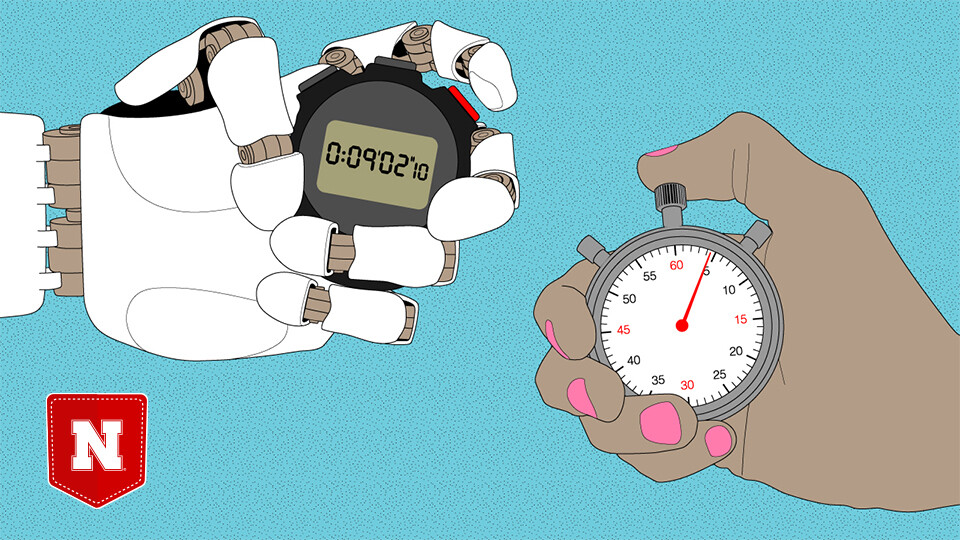
Welcome to Pocket Science: a glimpse at recent research from Husker scientists and engineers. For those who want to quickly learn the “What,” “So what” and “Now what” of Husker research.

What?
Though many of the 1.5 million-plus Americans who have lost limbs use prosthetics, 30% to 50% report being dissatisfied with them, sometimes abandoning them all together.
Part of the problem? Whereas biological limbs can respond to the brain’s electrical commands less than 200 milliseconds after receiving them, the grasp responses of prosthetics range from 400 to 5,000 milliseconds.
So what?
Most prosthetics recognize the same electromyographic signals that normally stimulate muscle tissue. But some researchers have begun investigating ways to hone prosthetic responses by also incorporating mechanomyographic, or MMG, signals — vibrations that originate from muscle contractions.
To assist those efforts, recent Nebraska graduate Cory Smith and colleagues studied whether changes in the weight lifted during leg extensions would affect MMG signals. They found that the duration and amplitude of an MMG signature changed as participants lifted more weight. And the delay between the EMG and MMG signals — between neurons instructing a muscle to contract and the muscle responding — diminished as that lifting intensity increased.
Now what?
Incorporating the findings could refine algorithms that control prosthetic responses, the researchers said, potentially reducing grasp times and helping better discern the desired force of movements. Those improvements, in turn, could make controlling prosthetics more intuitive.







